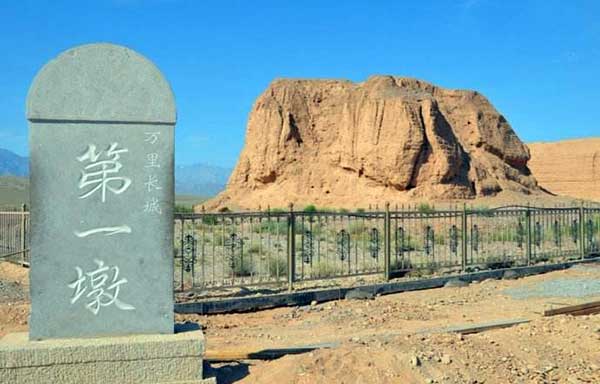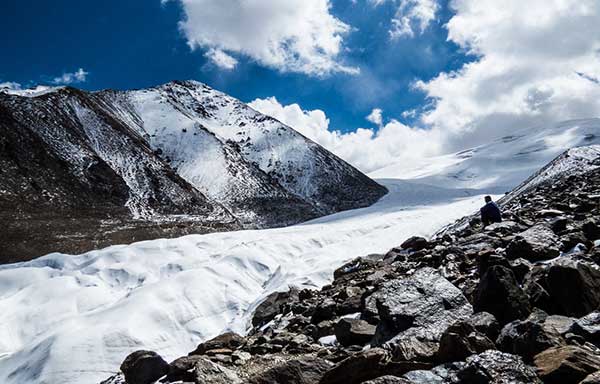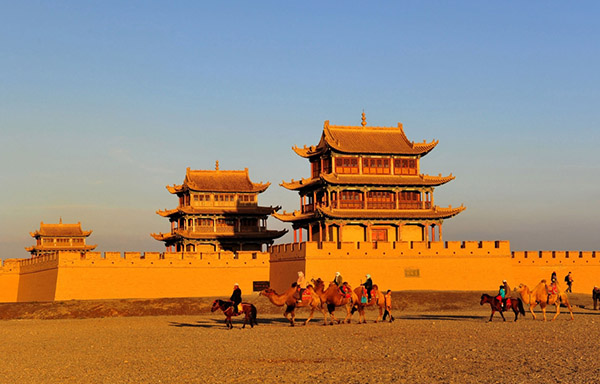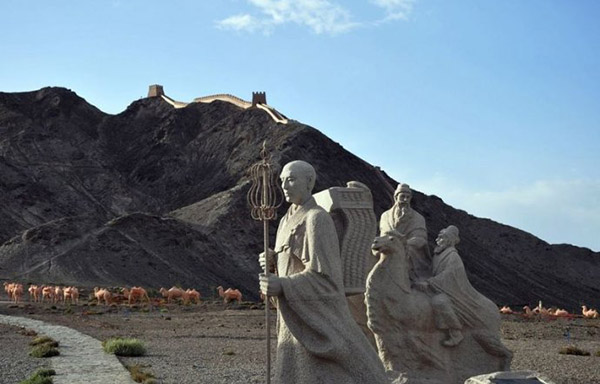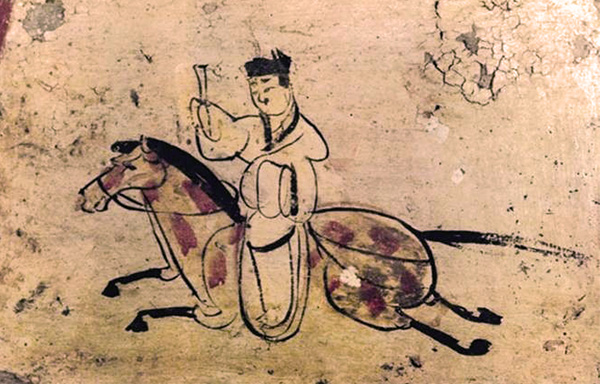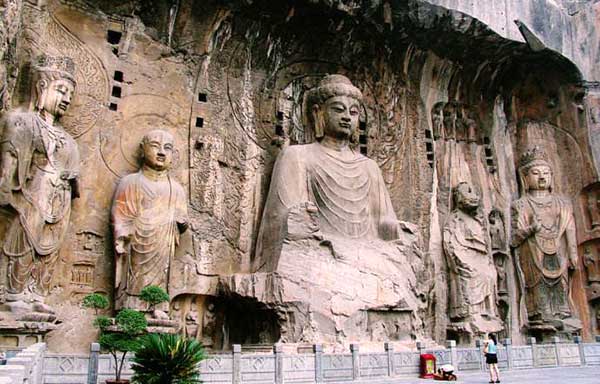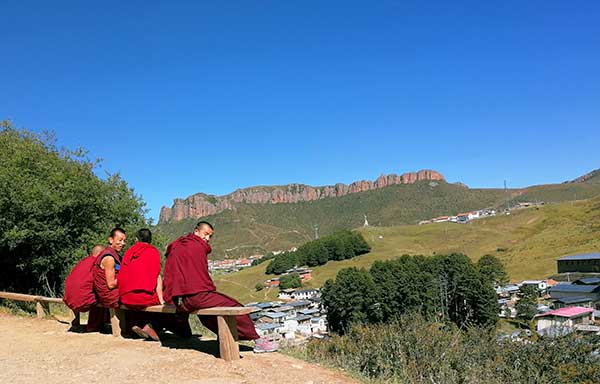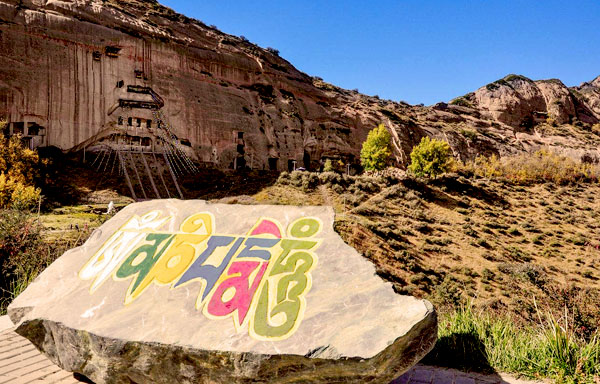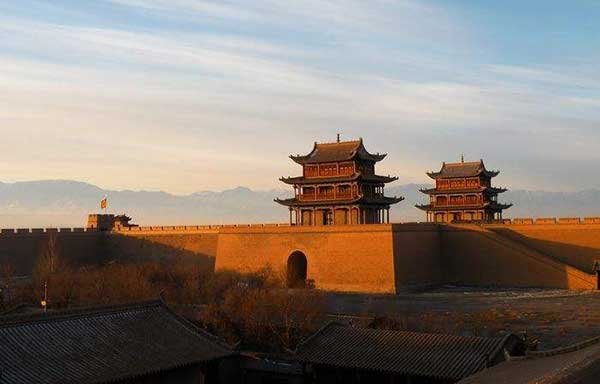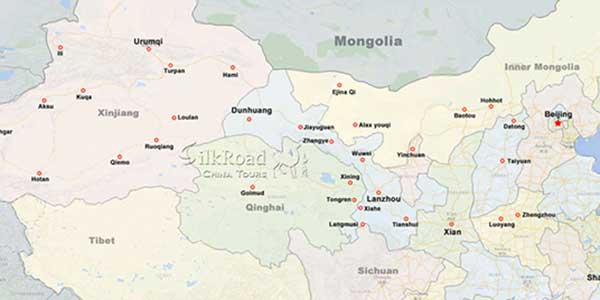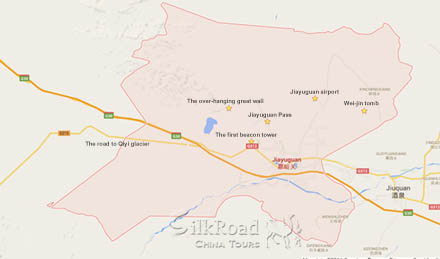 Jiayuguan Pass is the first pass at the west of the Great Wall of China. It is situated between the Wenshu and Heishan Mountains at the foot of Jiayuguan Hill of Qilian Mountain. Along with Juyongguan and Shanhaiguan, it is one of the main passes of the Great Wall.
Jiayuguan Pass is the first pass at the west of the Great Wall of China. It is situated between the Wenshu and Heishan Mountains at the foot of Jiayuguan Hill of Qilian Mountain. Along with Juyongguan and Shanhaiguan, it is one of the main passes of the Great Wall.
With a length of 733 meters and an area about 33,500 square meters, Jiyuguan Pass has tow getes that one on the east side of the pass, and the other on the west side. On each gate there is a building. It consists of three defense lines: an inner city, an outer city and a moat.
Jiayuguan Pass is well-known as "the Impregnable Pass under the Heaven". It is also the most magnificent and best-preserved pass among the total over one thousand passes along the Great Wall of China. Jiayuguan Pass was built in the early Ming dynasty, about 1372. It was built on the extreme western edge of China. Legend has it that the official in charge asks the designer to calculate how many bricks would be used. The designer gives him the number and when the project is finished, only one brick is left. It is put on the top of the pass as a symbol of commemoration.
Jiayuguan Pass is not only endowed with geographical advantages, but excellent topographical and environmental features. It faces the Gobi, a vast open terrain that once served as a battle ground in ancient times. To its south is the trubulent Taolai River and the Wenshu Mountain and on its inner side lies a smooth terrain made of oases, fertile pasture land with adequate water sources. What's more, the castle is also of great architectural and cultural value and its towers and pavilions are of great beauty. The pagoda-style roof adds to the grandeur of the castle.
Gallery
Attractions in the area
Related Tours
General Information
Alias: Jiayuguan Fortress
Loc: 6 km from city
Entrance: 120 RMB
Open Time: 8:30 - 5:30
Relevant blogs
-
How did the name of Tianshui in Gansu come about?
The name Tianshui is very pleasant to the ear, and it reminds one of that exquisitely beautiful verse, "After getting drunk, one doesn't know if the sky is in
-
The 8th Silk Road Hotel Festival was successfully held i
On December 27th, the "8th Silk Road Hotel Festival" grandly opened at the Yujing International Hotel in Zhangye. This hotel festival gathered industry experts,
-
The Karez Irrigation System in Turpan has been selected
On September 3rd, at the 75th Executive Council Meeting of the International Commission on Irrigation and Drainage held in Sydney, Australia, the 2024 (11th bat
-
What is the connection between "dragons" and "snakes
In traditional Chinese culture, the snake has a dual identity of auspiciousness and danger. Ancient people believed that the snake not only possesses divine cha
-
Endangered Przewalski's Horses Spotted at Dunhuang Yume
<p>In early February, a group of special "visitors"—the Przewalski's horses—appeared at the Dunhuang Yumen Pass scenic area in Gansu Province, a U
-
The Fourth Dunhuang Cultural Tourism Supplier Conference
On the morning of February 18th, the Fourth Dunhuang Cultural Tourism Supplier Conference in Northwest China commenced at the Dunhuang International Convention






